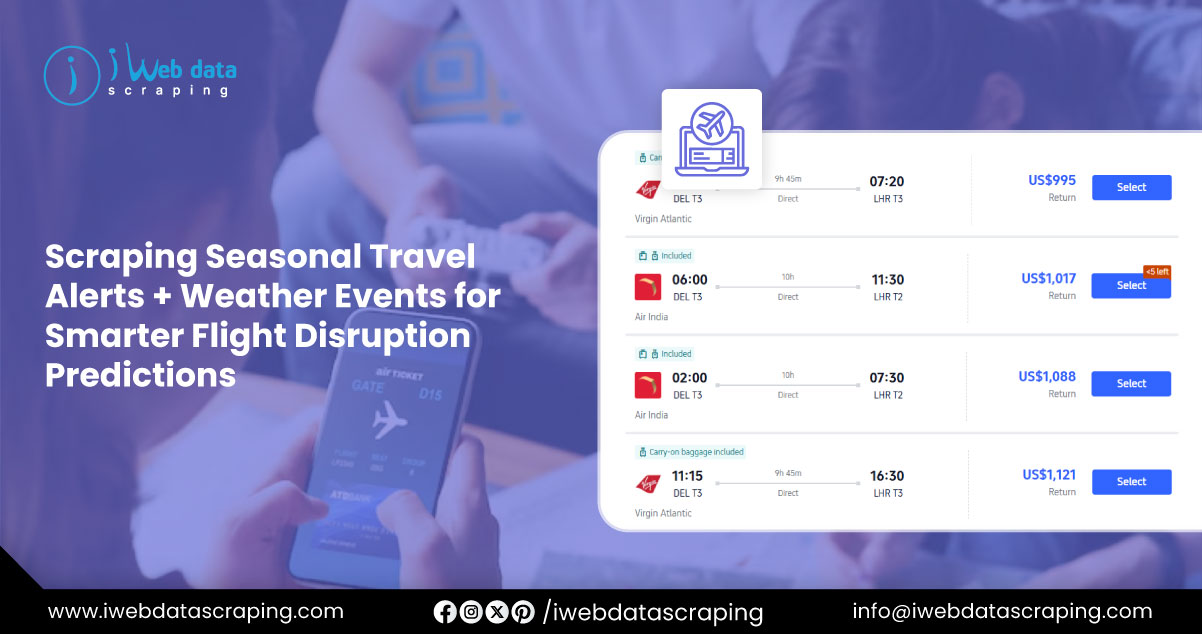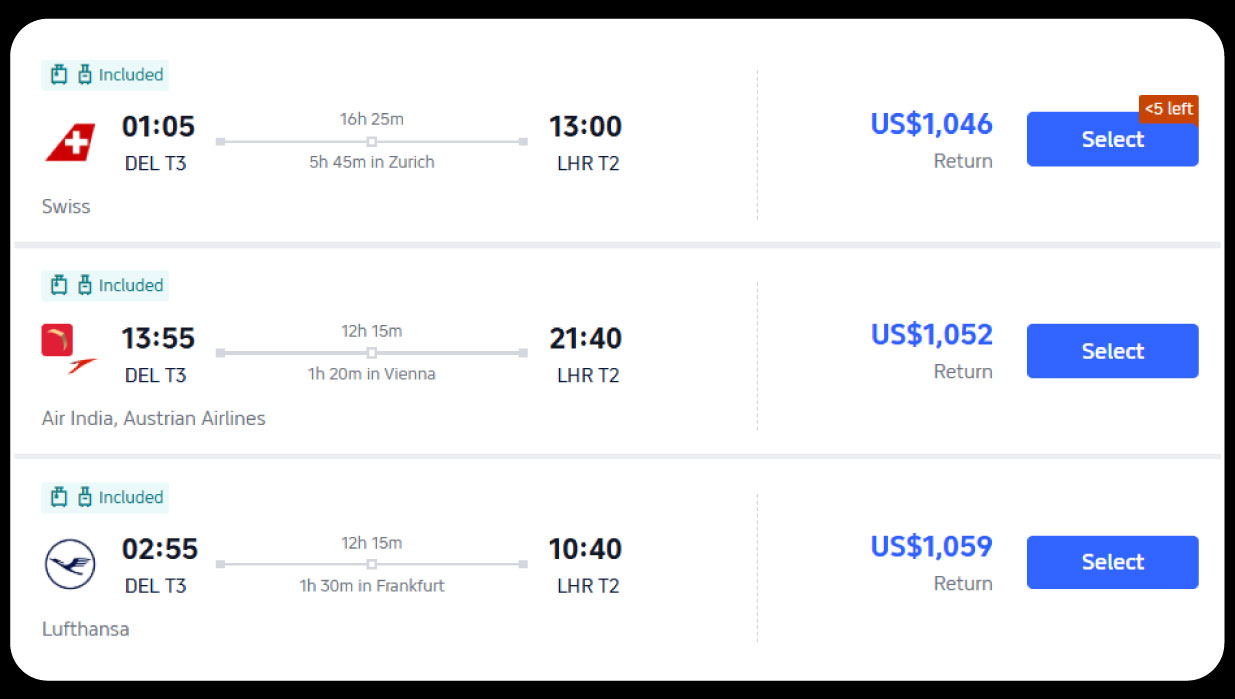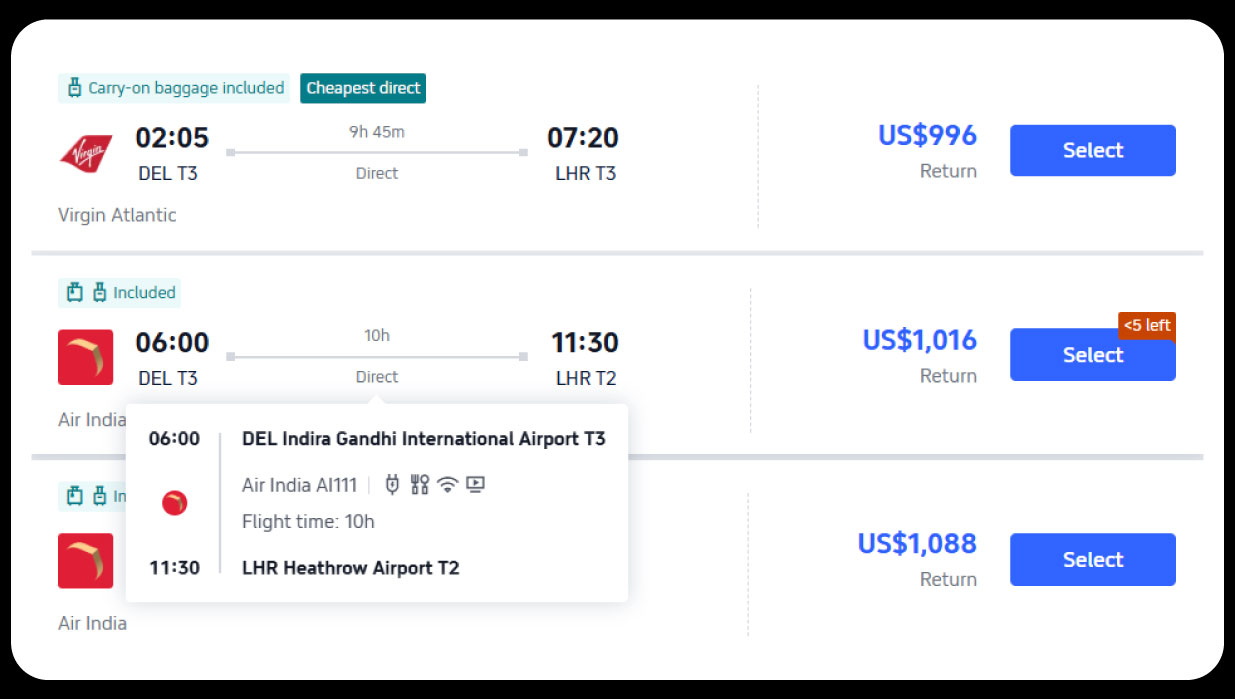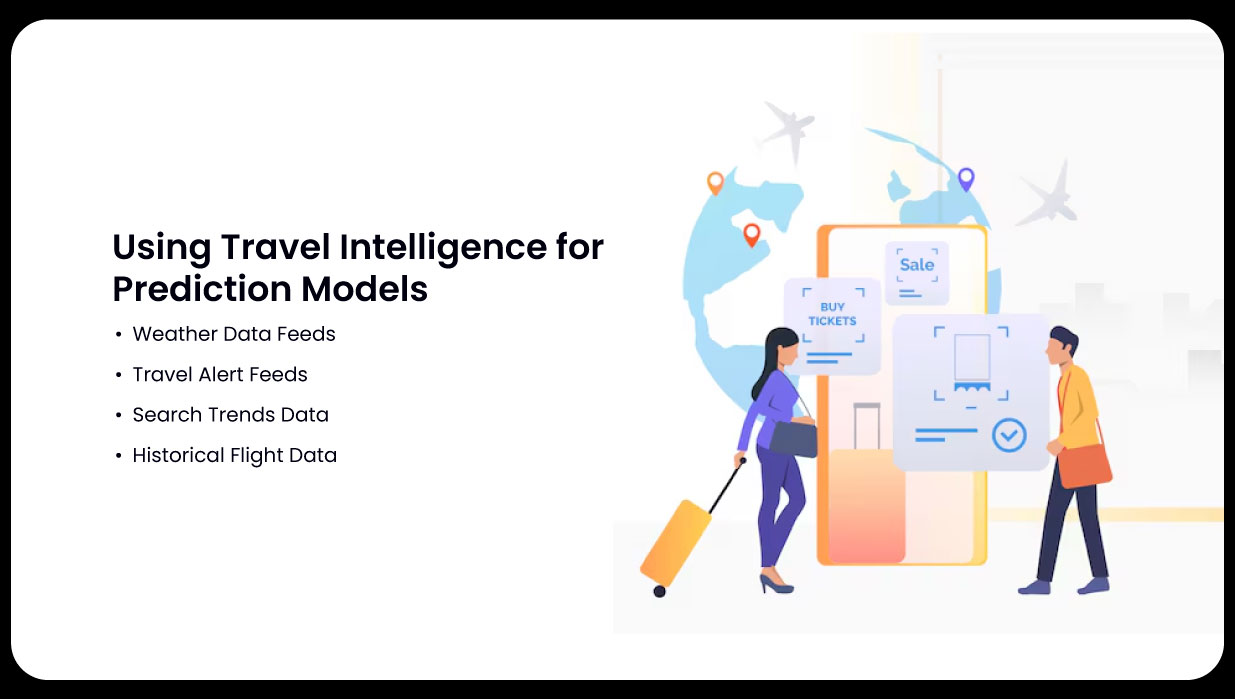

The US air travel industry faces seasonal challenges that can impact both passengers an airlines, from snowstorms in the Midwest to hurricane season along the East Coast. In recent years, airlines have begun investing in advanced data collection methods, including Scraping Seasonal Travel Alerts + Weather Events, to anticipate flight disruptions. Combining seasonal travel alerts with predictive analytics allows carriers to make informed decisions, minimize cancellations, and improve the passenger experience.
To make this work, integrating web scraping real-time weather event data is crucial. By pulling live feeds from weather agencies, airline websites, and even social media alerts, analysts can see how quickly conditions change and adjust flight schedules accordingly. This proactive approach allows airlines to manage resources, such as crew allocation and gate assignments, in advance, ultimately saving time, money, and customer trust.
At the core of this strategy lies the use of weather scraping tools for travel forecasting. These tools gather information from multiple sources—National Weather Service updates, airport delay statistics, and global aviation monitoring platforms—to detect patterns in seasonal travel interruptions. When paired with historical travel data, these insights can reveal when and where cancellations are most likely to occur.

Air travel in the US is highly sensitive to weather patterns. According to the Bureau of Transportation Statistics, over 30% of flight cancellations in winter are due to severe weather, with ice, snow, and fog being the primary culprits. Hurricanes in summer and fall also cause mass disruptions, particularly for routes along the Gulf Coast and Eastern Seaboard.
By combining weather data scraping for airlines with seasonal travel alerts, analysts can create a layered prediction model. For example, suppose a snowstorm is forecasted for Chicago O’Hare, and ticket search volumes for New York flights are unusually high due to the holiday season. In that case, the airline can prepare for capacity shifts or potential rerouting.
One powerful but often overlooked component of flight cancellation prediction is search trend analysis. Scraping travel search trends for 2025 from platforms like Google Trends gives airlines valuable insight into upcoming travel demand spikes. If data shows a surge in searches for “Florida beach vacations” in February, carriers can anticipate higher traffic to Miami and Orlando airports—and plan for weather-related contingencies.
Google Trends data also helps in understanding when people start searching for specific destinations. By scraping search volume for travel demand forecasting, airlines can detect peaks in booking interest months before travel dates. This gives them more time to prepare for seasonal travel alerts and adjust flight schedules.
Table 1: Example – Google Trends Data for Top US Destinations (January–March 2025)
| Destination | Search Interest Index (0-100) | Main Weather Concern | Seasonal Event Impact |
|---|---|---|---|
| Miami, FL | 92 | Hurricanes & storms | Spring Break demand |
| Denver, CO | 85 | Snowstorms | Ski season traffic |
| Honolulu, HI | 78 | Heavy rains | Winter vacation peak |
| New York, NY | 88 | Snow & ice | New Year tourism |
| Las Vegas, NV | 74 | Low weather risk | Convention season |

The ability to conduct real-time travel alert scraping for flight disruptions is vital in avoiding last-minute operational chaos. These alerts can be sourced from FAA advisories, airline notifications, and airport websites. When linked to a flight operations dashboard, they provide a live map of potential disruption zones.
By correlating these alerts with weather data and search trends, airlines can predict not just if a flight will be canceled but also estimate the likelihood of delays or rerouting. For example, if the FAA issues a ground stop for Dallas–Fort Worth due to thunderstorms, the system can immediately flag all connecting flights at risk.
Seasonal travel data is about more than just weather—it also includes public holidays, school vacations, and local events. For instance:
By integrating seasonal travel alerts with weather scraping, prediction models become far more accurate. This enables airlines to allocate standby aircraft, notify passengers early, and reduce the overall impact of disruptions.

Advanced Travel Intelligence Services combine multiple data pipelines:
The fusion of these datasets creates an environment where predictive models can run simulations on “what-if” scenarios—such as “What happens if a snowstorm hits Denver during Presidents’ Day weekend?”
Table 2: Sample Flight Disruption Prediction Matrix
| Factor Combination | Predicted Disruption Risk | Recommended Action |
|---|---|---|
| Heavy snow + high holiday travel searches | Very High | Increase standby crews, pre-notify passengers |
| Moderate rain + low booking demand | Low | Maintain schedule |
| Hurricanes + peak summer bookings | High | Pre-emptively cancel risky flights, reroute traffic |
| Thunderstorms + average weekday demand | Medium | Monitor and adjust schedules dynamically |
| Fog + morning rush flights | Medium | Delay departures to improve safety |

The future of flight cancellation prediction is in AI-powered systems that can ingest thousands of weather and travel-related variables in real time. Airlines that combine Travel Data Extraction Services with AI and predictive analytics will have a competitive advantage—not only reducing cancellations but also improving passenger trust.
The integration of search trend analysis with weather alerts will also enable smarter scheduling. This will be particularly valuable for smaller regional carriers, who often lack the resources to absorb major disruptions.
Predicting flight cancellations in the US is becoming increasingly data-driven. By combining Scraping Seasonal Travel Alerts + Weather Events with live weather feeds, travel search trends, and historical data, airlines can greatly reduce disruption. Leveraging Travel Data Extraction Services and Google Trends analysis allows for informed, proactive scheduling. Carriers that adopt Online Hotel Data Extraction Services can better anticipate interruptions, optimize resources, and enhance passenger communication. Additionally, investing in Web Scraping API Services strengthens data collection capabilities, ensuring real-time insights. This integrated approach turns unpredictable seasonal and weather-related challenges into manageable scenarios, boosting efficiency and customer satisfaction.
We start by signing a Non-Disclosure Agreement (NDA) to protect your ideas.
Our team will analyze your needs to understand what you want.
You'll get a clear and detailed project outline showing how we'll work together.
We'll take care of the project, allowing you to focus on growing your business.